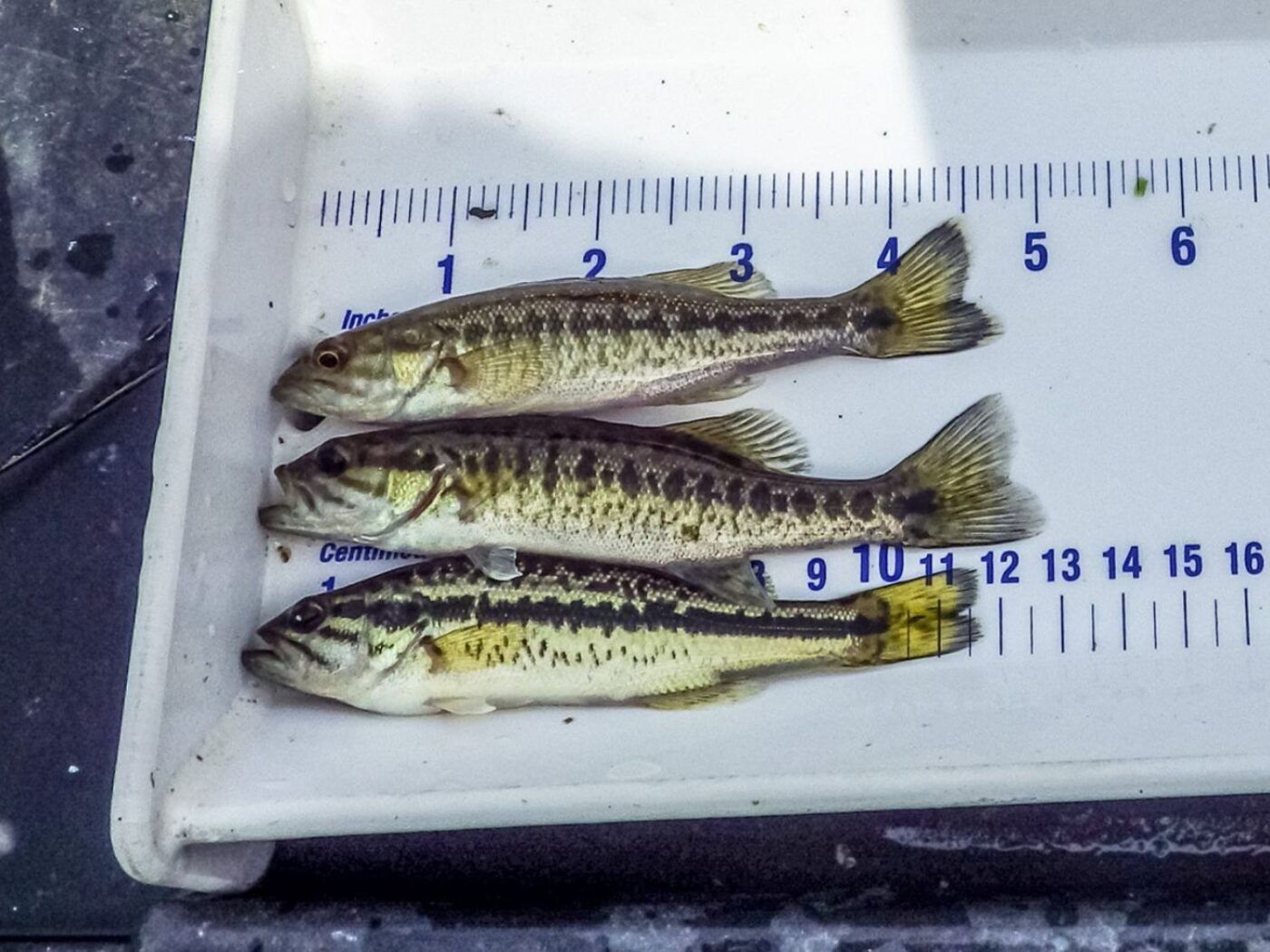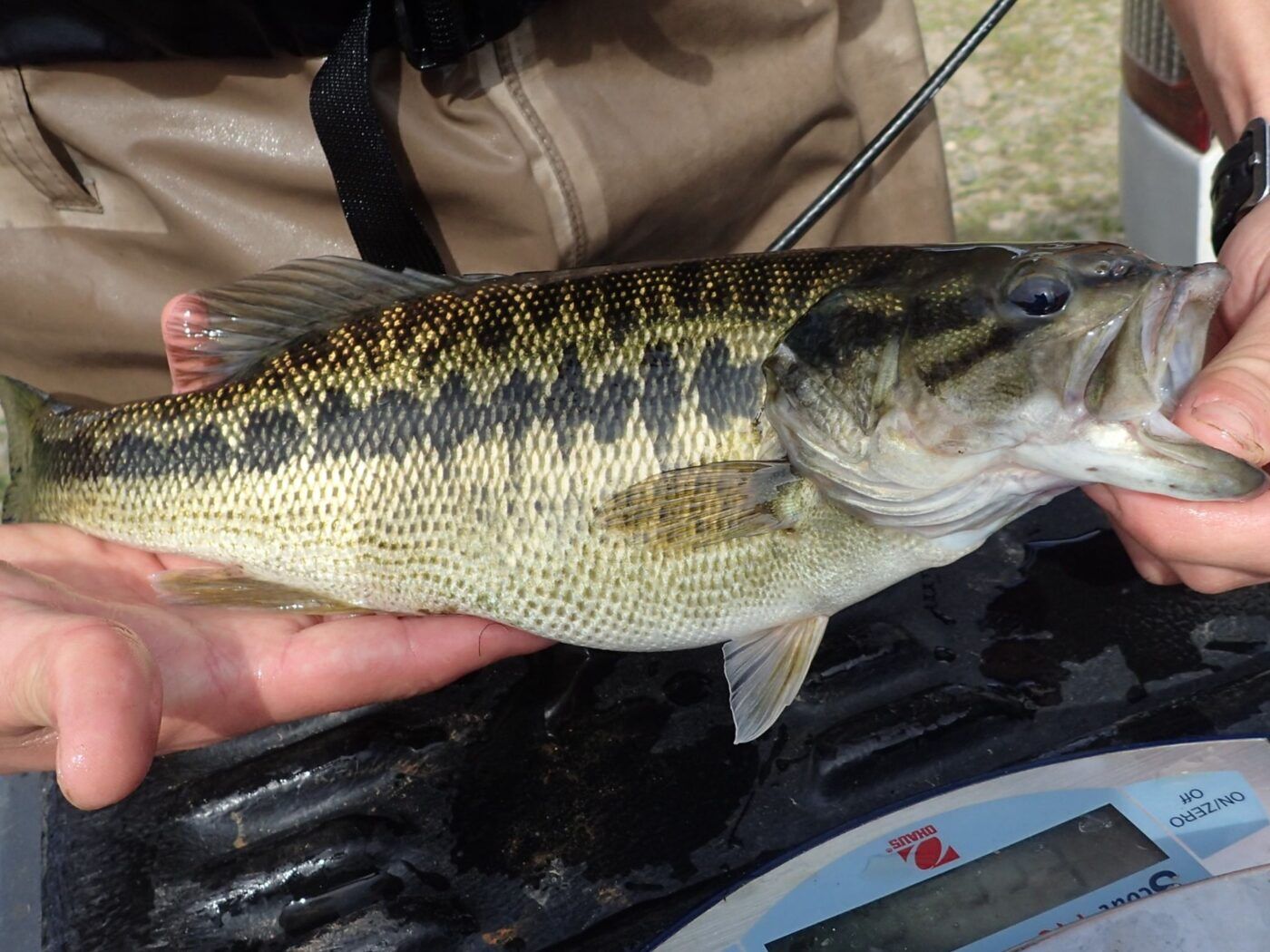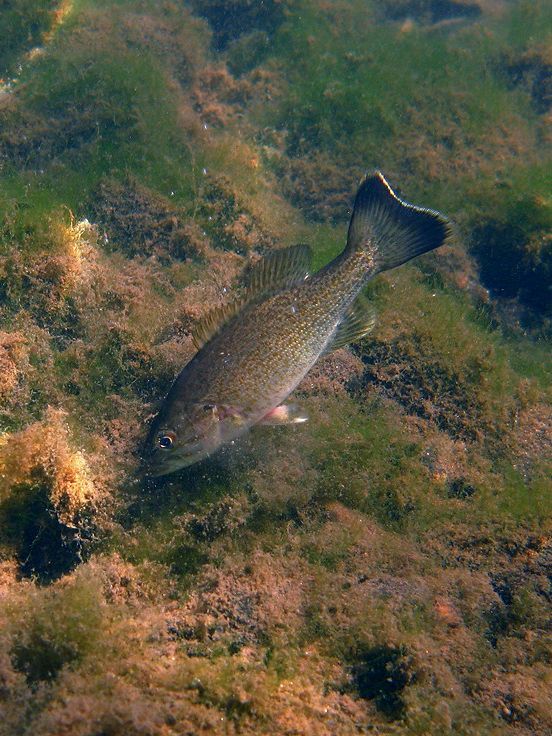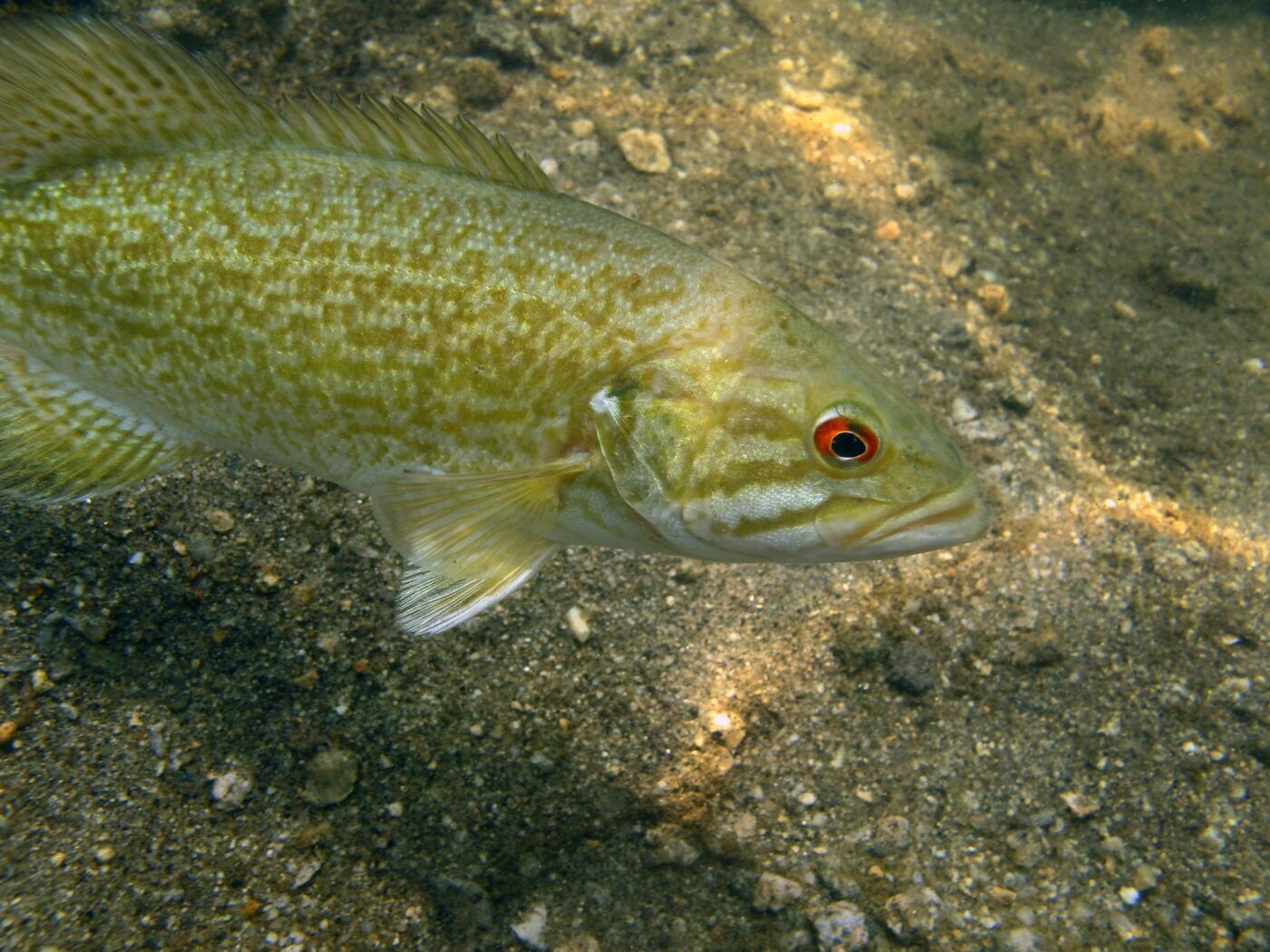Monday July 22, 2024

After the struggle of landing a lunker, even the most accomplished of anglers may face yet another challenge: figuring out what species they just captured. Accurate species identification is a cornerstone of fisheries science, and it is also important for recreational fishers seeking to set a record. With ever-evolving molecular tools at their disposal, scientists have made many updates to fish taxonomy in recent years. Fishery managers need to adapt to these changes quickly, but it can take time for the latest news on how species are defined – and more importantly, how they are distinguished from one another – to reach the angling community. Seeing an opportunity to bridge the gap between fisheries science and fishing enthusiasts, experts from the University of North Georgia and the International Game Fish Association (IGFA) recently updated world records for a popular group of sportfish to reflect current species taxonomy (Taylor et al. 2024). In doing so, they may have found a useful means of keeping the public up to date on fish diversity and the challenges facing fish conservation.

Boats congregate at dawn for a bass fishing tournament in California’s Sacramento San-Joaquin Delta.
Perhaps the most confounding catch for record-seeking fishers in North America are black basses (Micropterus species). As one of the most popular groups of sportfish, black bass generate enormous economic benefits. However, the most up-to-date analyses of this genus of fish suggest it may contain as many as 19 distinct species, more than doubling the number of accepted black bass species compared to just 30 years ago. The accuracy of species identification information that anglers have access to can be highly variable, and it may be based on what they learned from an older family member who taught them to fish, articles in fishing magazines, or the informational wild west that social media can be.
Clearing up uncertainty in species identification among the angling community does more than appease pedantic fish taxonomists replying “Actually…” on Instagram posts while surrounded by dusty specimen jars, it also contributes to fisheries management. The North American Model of Wildlife Conservation is supported by money generated through the purchase of sportfishing licenses to directly fund fish management and conservation. Because anglers are the ones funding management of fish under this arrangement, they are encouraged to have a vested interest in the management of species they pursue and to be informed on the true nature of their catch, including the challenges those species face. This valuable educational opportunity may, in turn, help anglers provide more accurate information to the fisheries science community on where rare or invasive species are being captured.

Living up to its name, the spotted bass (Micropterus punctatus) has characteristic black spots along its body.
To this end, the authors of this study sought to update black bass records maintained by the IGFA to reflect current taxonomy for Micropterus species. The IGFA standardizes angling rules and ethics, maintains official catch data and world records, and plays an important role in educating anglers on how they can contribute to conservation. In 2020, anglers approached IGFA with questions about the legitimacy of some spotted bass (M. punctatus) records, prompting a review revealing most spotted bass records were actually Alabama bass (M. henshalli). Following this review, a comprehensive scientific review and record update were carried out to ensure accurate black bass record keeping.

A black bass feeding along the river bottom.
For this review, researchers took the IGFA’s previously recognized seven black bass species and expanded it to a more updated taxonomy including 14 different species. This led to the opening of new record categories. It also prompted the revision of past IGFA records, including the previous world record spotted bass – a 5.10 kilogram (11.2 pound) specimen from New Bullards Bar Reservoir in California – which was determined to have actually been an Alabama bass. Among the updates to records, perhaps the most notable revision was the recognition of Florida bass as a distinct species from largemouth bass. Florida bass have been widely stocked, and there is some evidence that current world records for largemouth may have actually been Florida bass. However, without genetic testing to challenge current largemouth records, they have been retained for the time being.

A smallmouth bass (Micropterus dolomieu).
Ambitious anglers will be excited to hear that this reclassification study has led to the opening of six new world record categories: Cahaba bass (M. cahabae), Chattahoochee bass (M. chattahoochae), Florida bass (M. salmoides), Neosho bass (M. velox), Tallapoosa bass (M. tallapoosae), and warrior bass (M. warriorensis). At the time of this paper’s publication, all six of the all-tackle world record slots for these species remain vacant. Beyond giving fishers new opportunities for glory, these updates to the record books are a helpful way to draw attention to lesser-known species and may serve as a valuable means of educating the public on the amazing diversity of fish in their local waterways. By conveying the most up-to-date science to the angling community, fishing enthusiasts can better serve their role as the stewards of the fisheries they enjoy.
Header Image Caption: Three juvenile black bass (Micropterus sp.) individuals.
This post was featured in our weekly e-newsletter, the Fish Report. You can subscribe to the Fish Report here.

